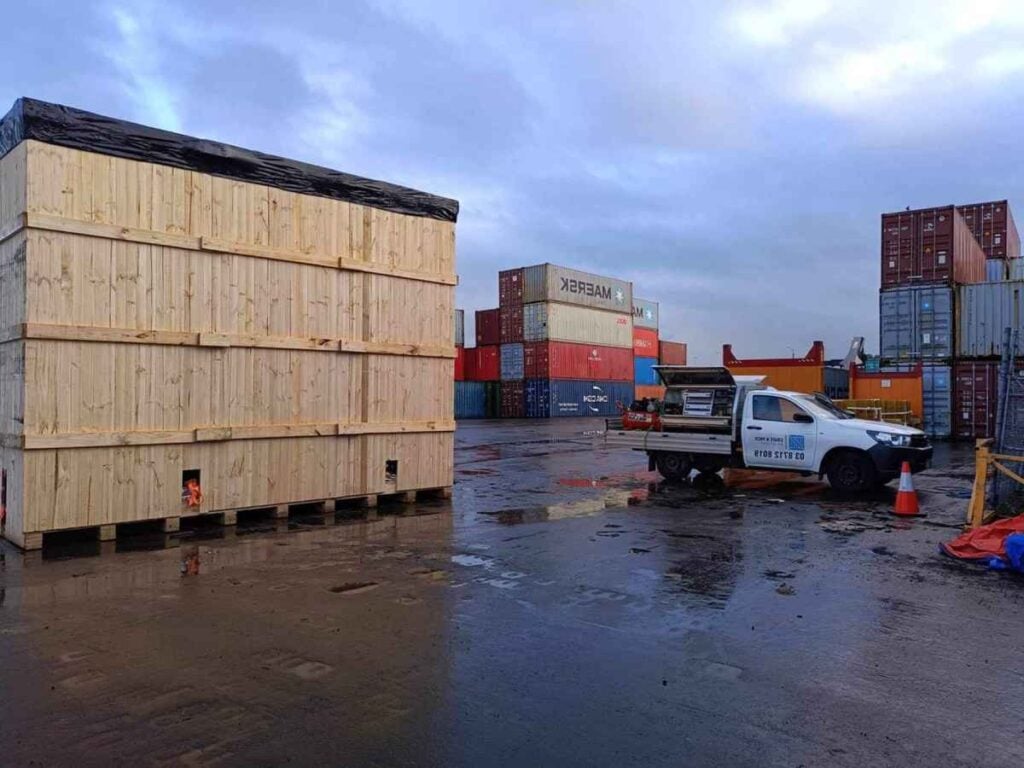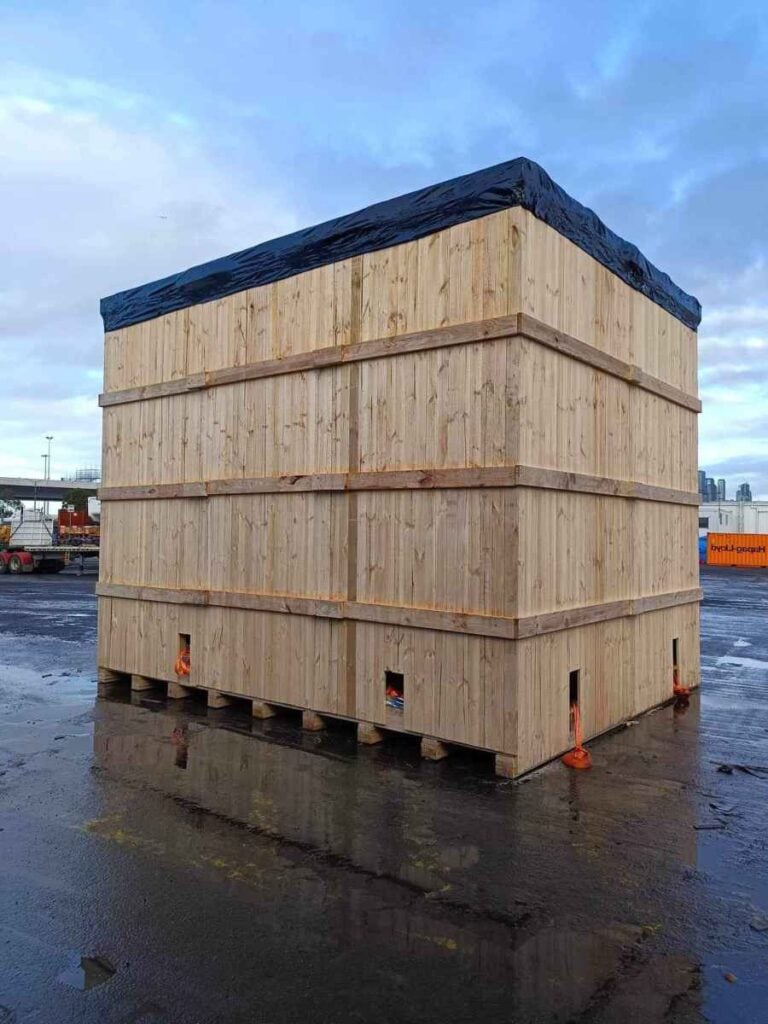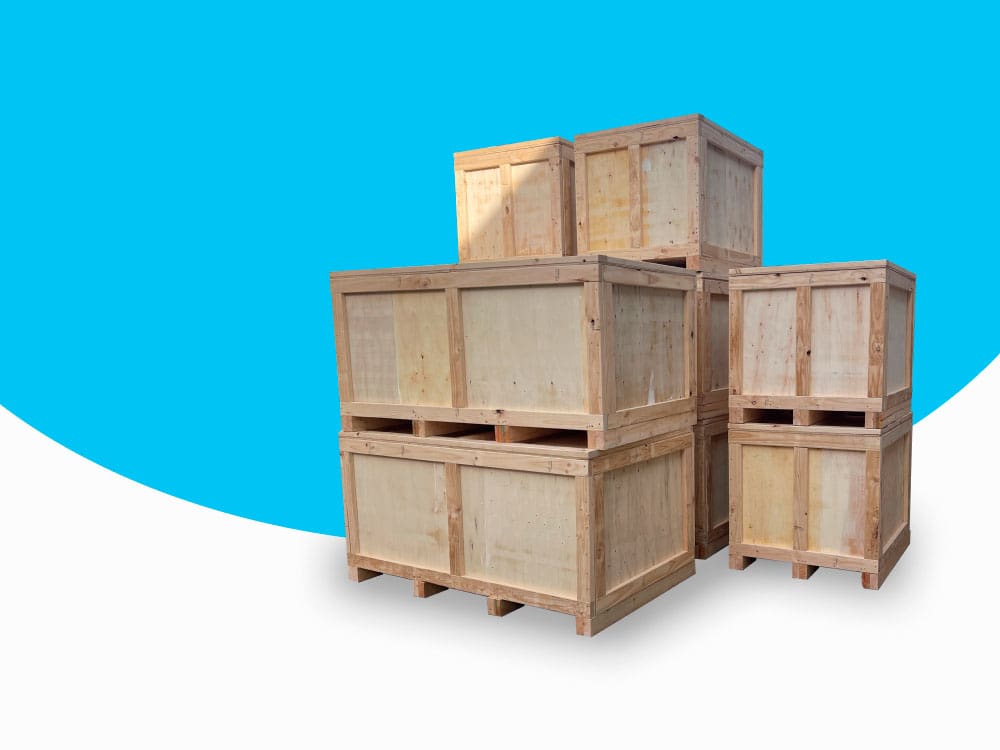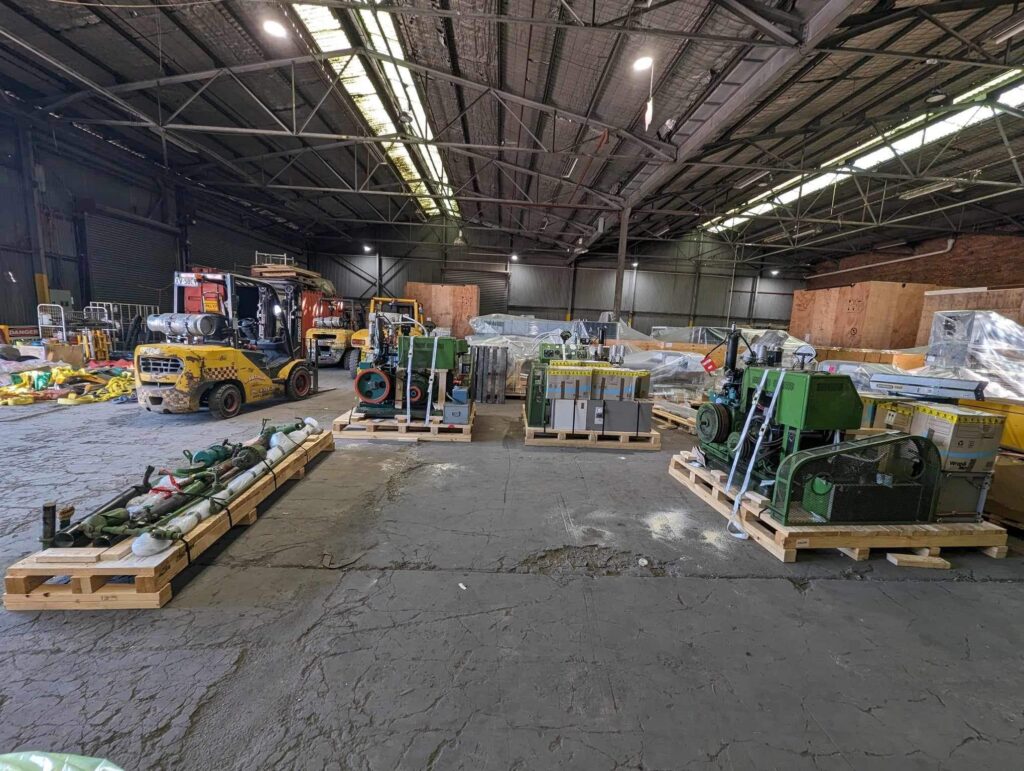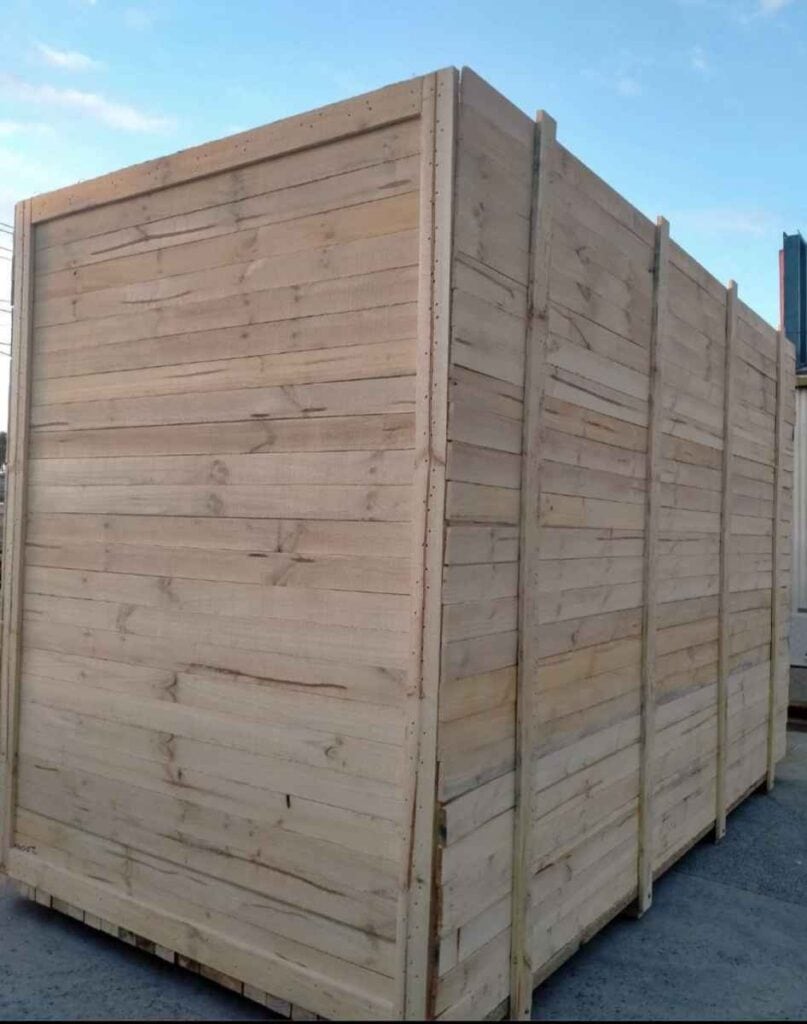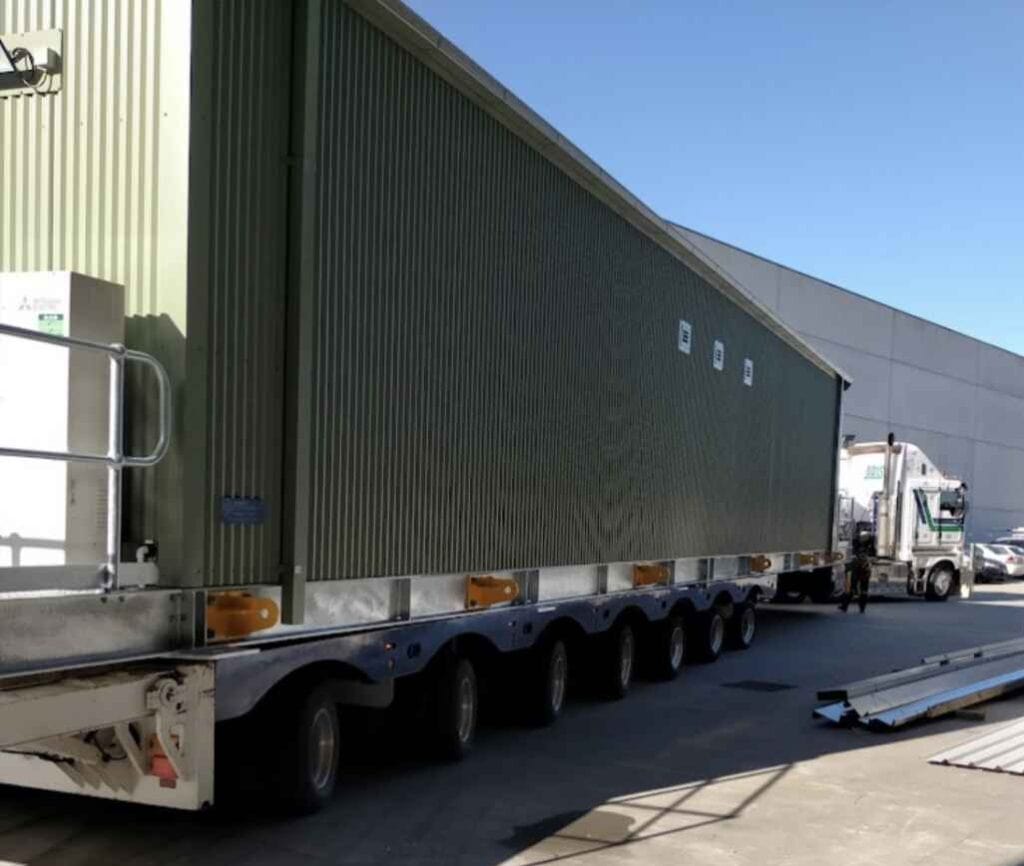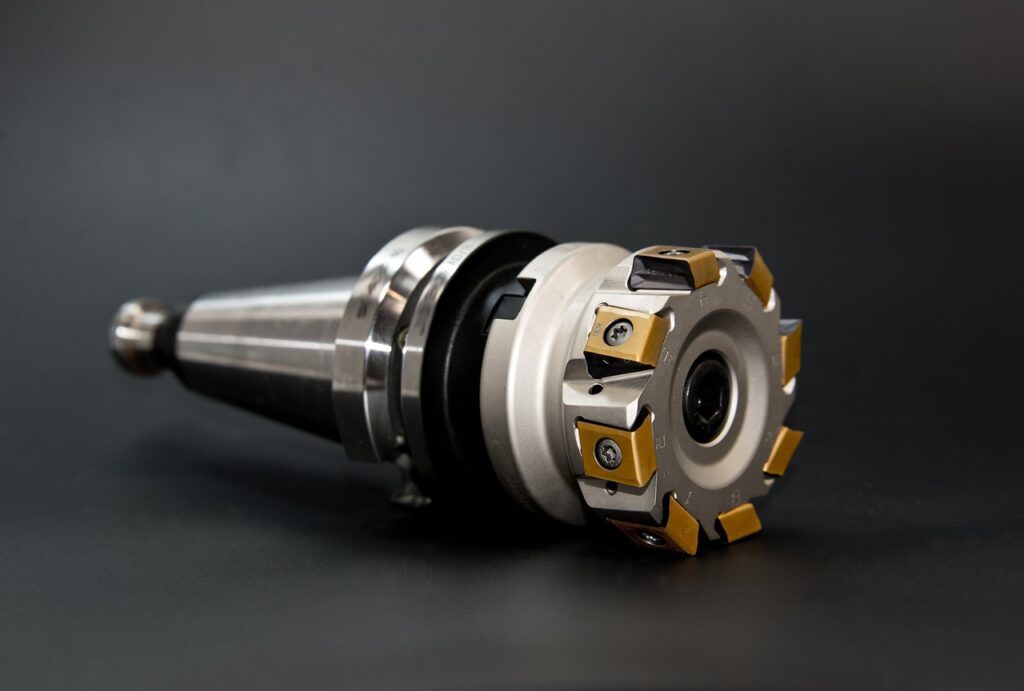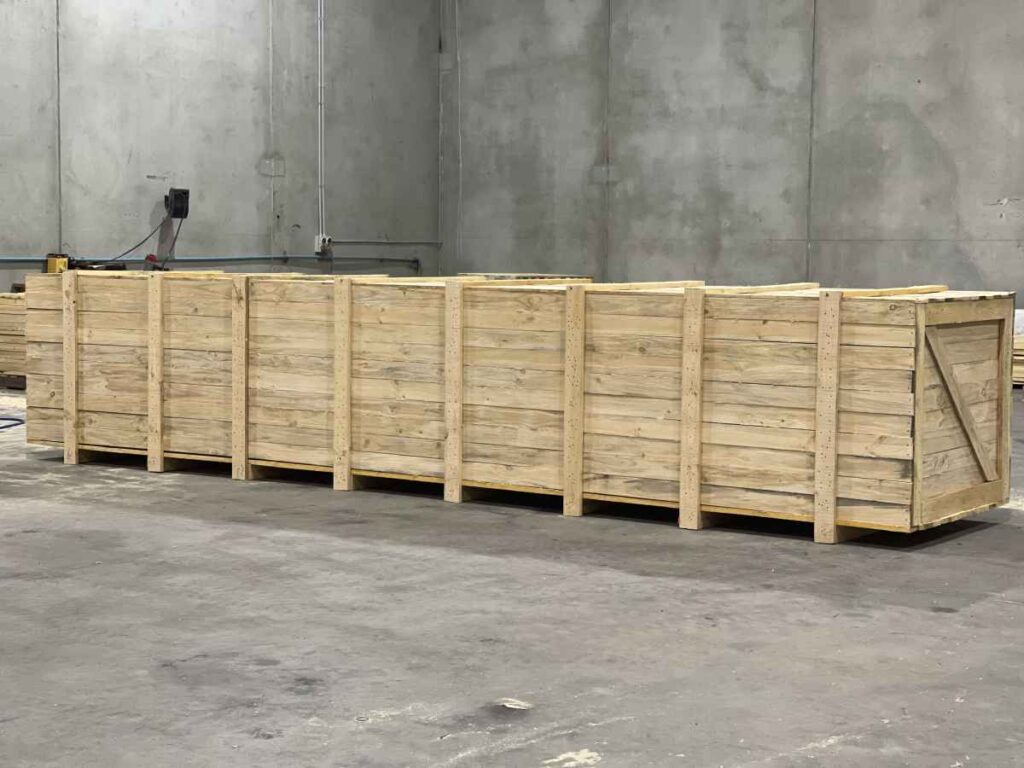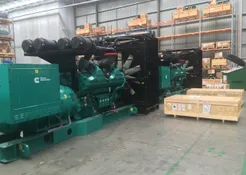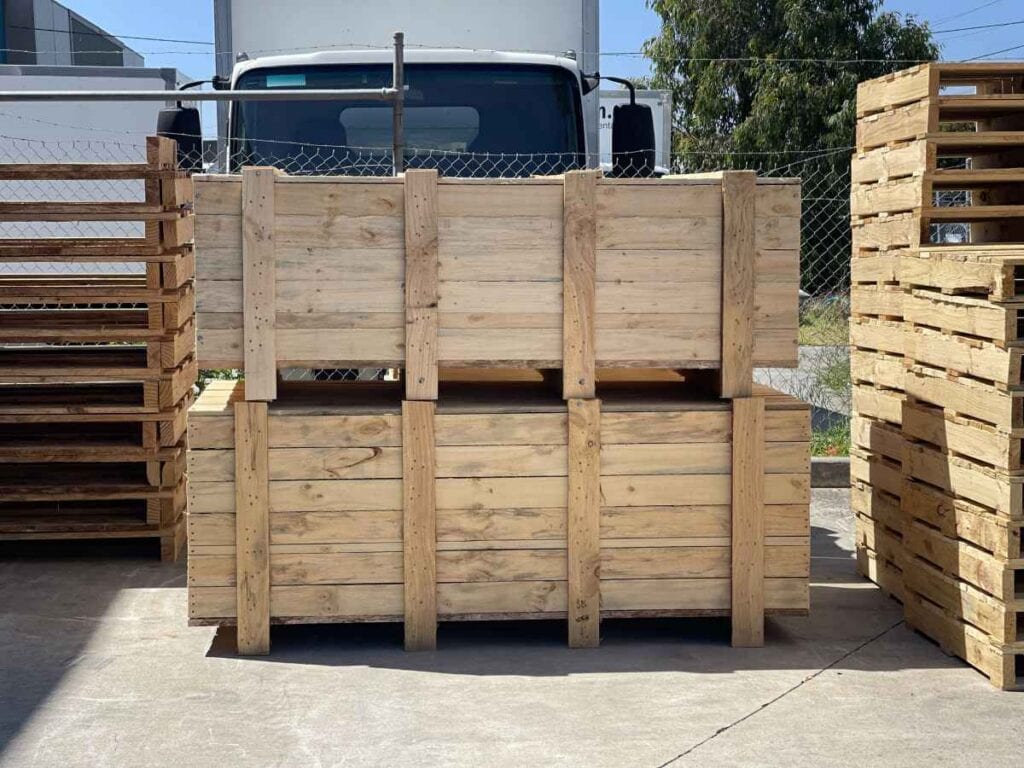2. Ferro Films: A Shield in the Form of a Film
Overview: Ferro Films emerge as specialized rust inhibitors encapsulated in the form of protective films. These films adhere to metal surfaces, creating an impermeable barrier against moisture and corrosive elements, effectively thwarting the onset of rust.
Applications: With applications predominantly in transportation and storage, Ferro Films come into play during the transit or dormant phases, offering steadfast protection against rust formation.
Advantages:
- Bestows immediate protection upon application.
- Excellently suited for temporary protection during shipping and storage.
- Facilitates easy removal without leaving residual traces.
3. Rust Inhibitor Coatings: Crafting Durable Shields for Long-Term Defense
Overview: Rust inhibitor coatings represent a formulation imbued with corrosion-inhibiting compounds. These coatings create a robust layer on metal surfaces, serving as a durable shield against the onslaught of environmental factors and the insidious effects of corrosion.
Applications: Industries such as construction, infrastructure, and marine embrace rust inhibitor coatings, particularly in scenarios demanding prolonged protection against rust.
Advantages:
- Formulates a tenacious protective barrier against environmental elements.
- Adaptable to both indoor and outdoor applications.
- Enhances the longevity of metal structures and equipment.
4. Corrosion Inhibitor Additives: Infusing Protection into Lubrication Systems
Overview: Corrosion inhibitor additives represent compounds seamlessly blended with lubricants, fuels, or hydraulic fluids. These additives introduce rust-preventive properties, creating a protective layer on metal surfaces and mitigating the onset of corrosion.
Applications: Widespread usage prevails in the automotive, aviation, and industrial lubrication systems, where these additives protect critical metal components from the corrosive effects of environmental factors.
Advantages:
- Integrates seamlessly into existing lubrication systems.
- Proves effective in environments where direct application is logistically challenging.
- Ideal for safeguarding intricate machinery parts.
Choosing the Right Rust Inhibitor: A Strategic Guide for Your Metal Assets
In the dynamic world of industrial operations, choosing the right rust inhibitor is a strategic decision that can significantly impact the longevity and performance of your metal assets. With a myriad of options available, understanding the specific needs of your application is crucial to making an informed choice. Here's a comprehensive guide to help you navigate the selection process and ensure optimal protection against the relentless threat of rust.
1. Assess Your Environment: Understand the Operating Conditions
Begin by evaluating the operating environment where your metal assets are deployed. Consider factors such as humidity levels, temperature variations, and exposure to corrosive elements. Different inhibitors perform optimally under specific conditions, and tailoring your choice to match the environment is the first step towards effective rust prevention.
2. Identify the Type of Metal: One Size Does Not Fit All
Different metals have varying susceptibilities to corrosion, and not all inhibitors are universally effective. Identify the types of metals you need to protect and choose an inhibitor that offers compatibility with those materials. Some inhibitors may be optimized for ferrous metals, while others excel in protecting aluminum or alloys.
3. Consider the Application Method: Seamless Integration Matters
How the rust inhibitor is applied plays a crucial role in its effectiveness. Some inhibitors are designed for direct application, while others may work best when integrated into lubrication systems or applied through specialized methods. Consider the practicality and efficiency of the application process to ensure seamless integration into your existing operations.
4. Duration of Protection: Short-Term vs. Long-Term Strategies
Evaluate whether your metal assets require short-term or long-term protection. Some inhibitors are formulated for temporary safeguarding during transit, while others provide extended protection for assets in prolonged storage. Choosing an inhibitor aligned with the duration of protection needed is essential for cost-effective and efficient rust prevention.
5. Environmental Impact: Embrace Sustainable Solutions
As sustainability becomes increasingly critical, consider the environmental impact of the rust inhibitor you choose. Opt for inhibitors with eco-friendly formulations that minimize harm to the environment. Balancing effective rust prevention with responsible environmental practices ensures a holistic approach to asset protection.
Choosing the right rust inhibitor demands a strategic approach that considers the unique aspects of your operational context. For personalized advice and tailored solutions, Crate n Pack Solutions stands ready as your trusted partner. Our experts are equipped to guide you through the selection process, ensuring that your metal assets receive the optimal protection they deserve.
Contact Crate n Pack Solutions today for expert advice on choosing the right rust inhibitor for your specific needs. Your metal assets deserve the best protection, and we're here to deliver it.
Conclusion: Paving the Way to a Rust-Resilient Future for Australian Industries
As the diverse industries of Australia continue to evolve, the imperative of effective rust prevention becomes increasingly pronounced. The diverse array of rust inhibitors, ranging from the advanced VCI technologies to versatile rust inhibitor coatings, presents a comprehensive toolkit to safeguard the valuable metal assets of the continent. By embracing these innovative solutions, Australian businesses can ensure the resilience, longevity, and reliability of their equipment in the face of corrosive challenges.
In conclusion, the multifaceted landscape of rust inhibitors in Australia offers a rich tapestry of solutions to combat the relentless adversary that is rust. By integrating these inhibitors strategically into their operations, businesses can fortify their metal assets, ensuring a rust-resilient future and contributing to the sustained growth of industries across the continent.
For more information, Contact Crate n Pack Solutions on (03) 8759 1696

Summary of Key Points:
- Vapor Corrosion Inhibitors (VCI):
- Utilizes vapor-phase corrosion inhibitors to create an invisible shield on metal surfaces.
- Applications span various industries, particularly effective in enclosed spaces.
- Provides enduring protection, user-friendly application, and versatility for complex surfaces.
- Ferro Films:
- Specialized rust inhibitors encapsulated in protective films.
- Ideal for transportation and storage, offering immediate and temporary protection.
- Ensures residue-free removal, preserving the aesthetics of metal surfaces.
- Rust Inhibitor Coatings:
- Formulations with corrosion-inhibiting compounds for a durable protective layer.
- Widely used in construction, infrastructure, and marine industries.
- Offers tenacious protection, adaptable application, and enhances equipment longevity.
- Corrosion Inhibitor Additives:
- Compounds seamlessly blended with lubricants to introduce rust-preventive properties.
- Commonly used in automotive, aviation, and industrial lubrication systems.
- Provides seamless integration, effective protection in challenging environments, and versatile applications.





